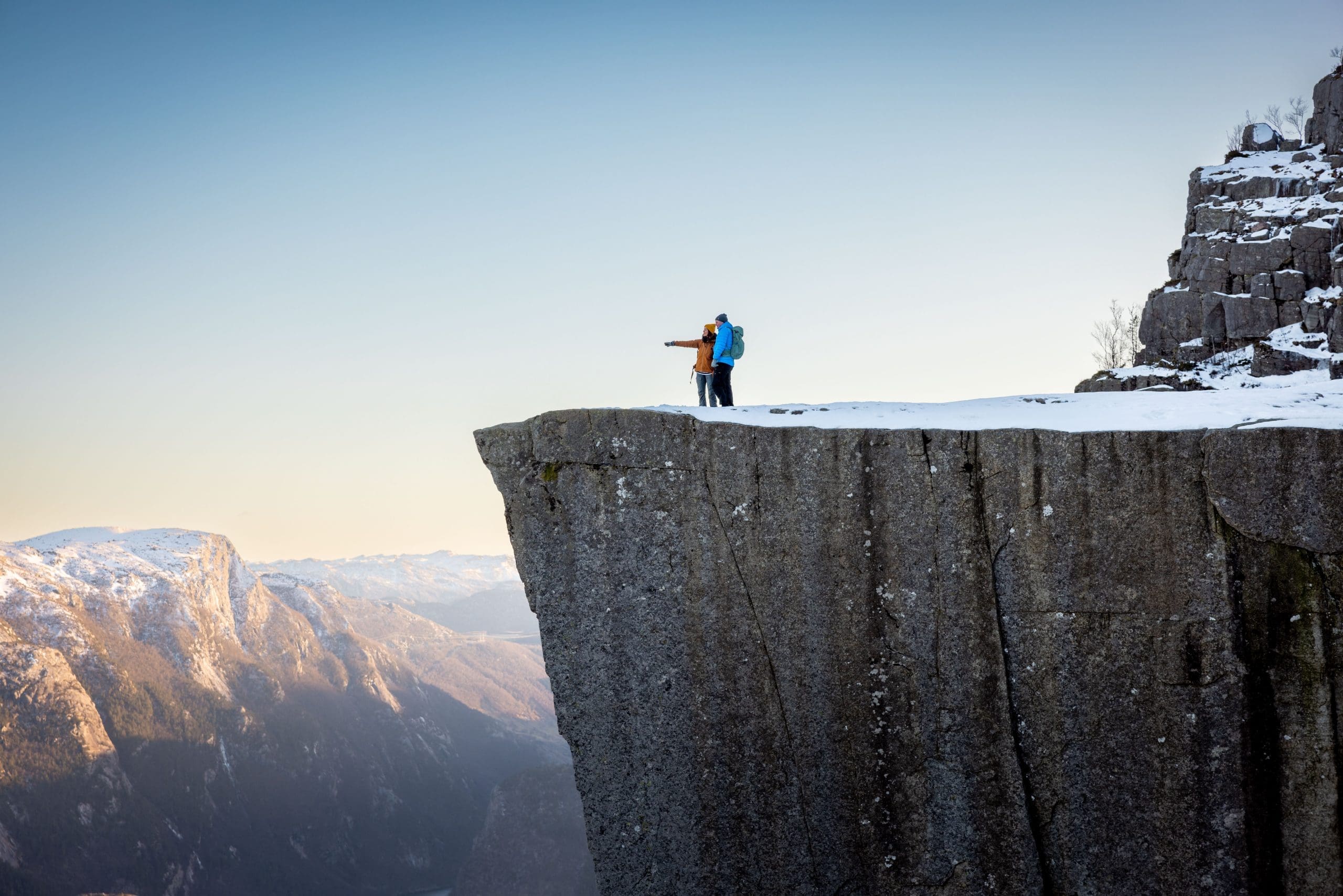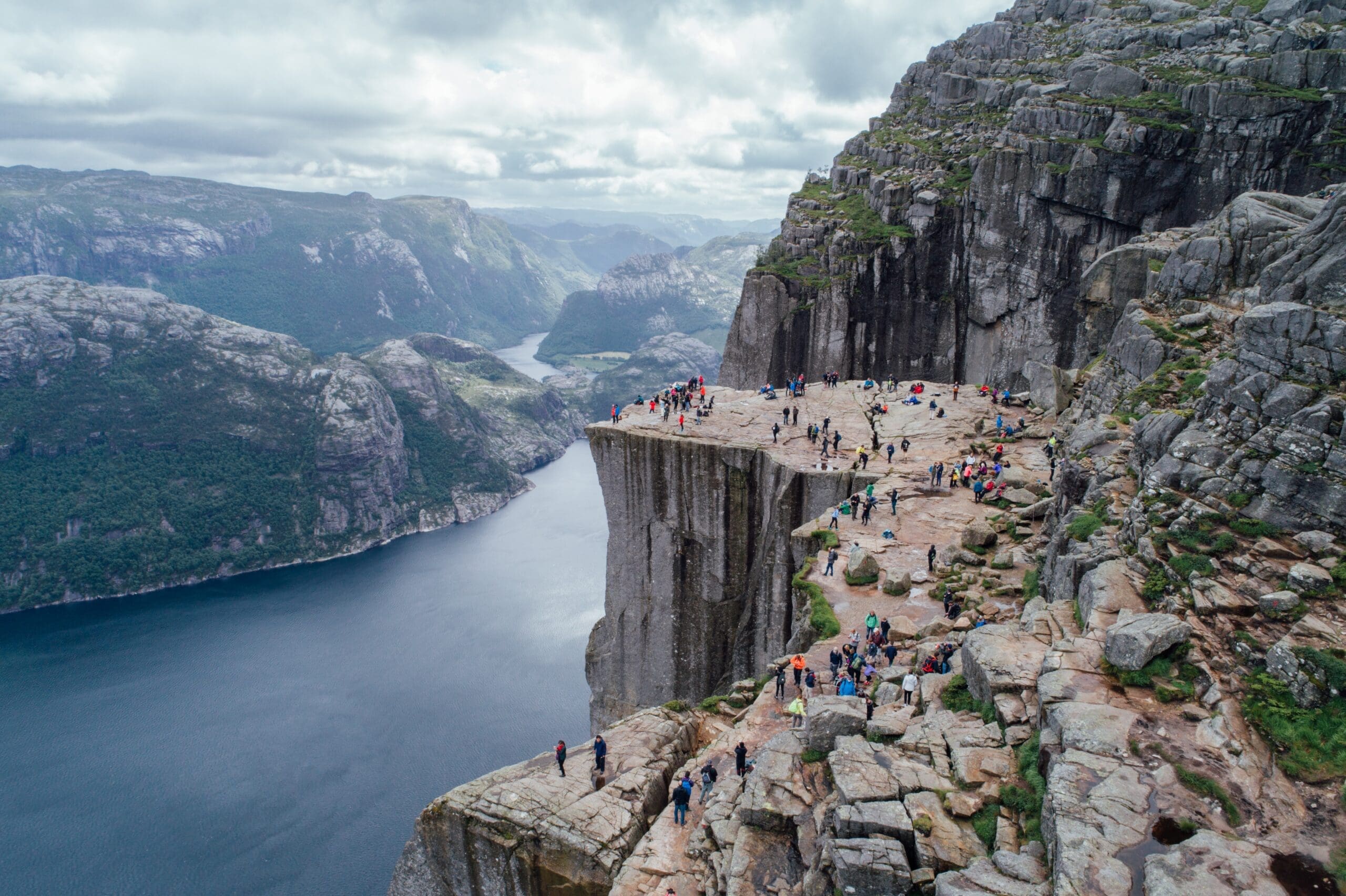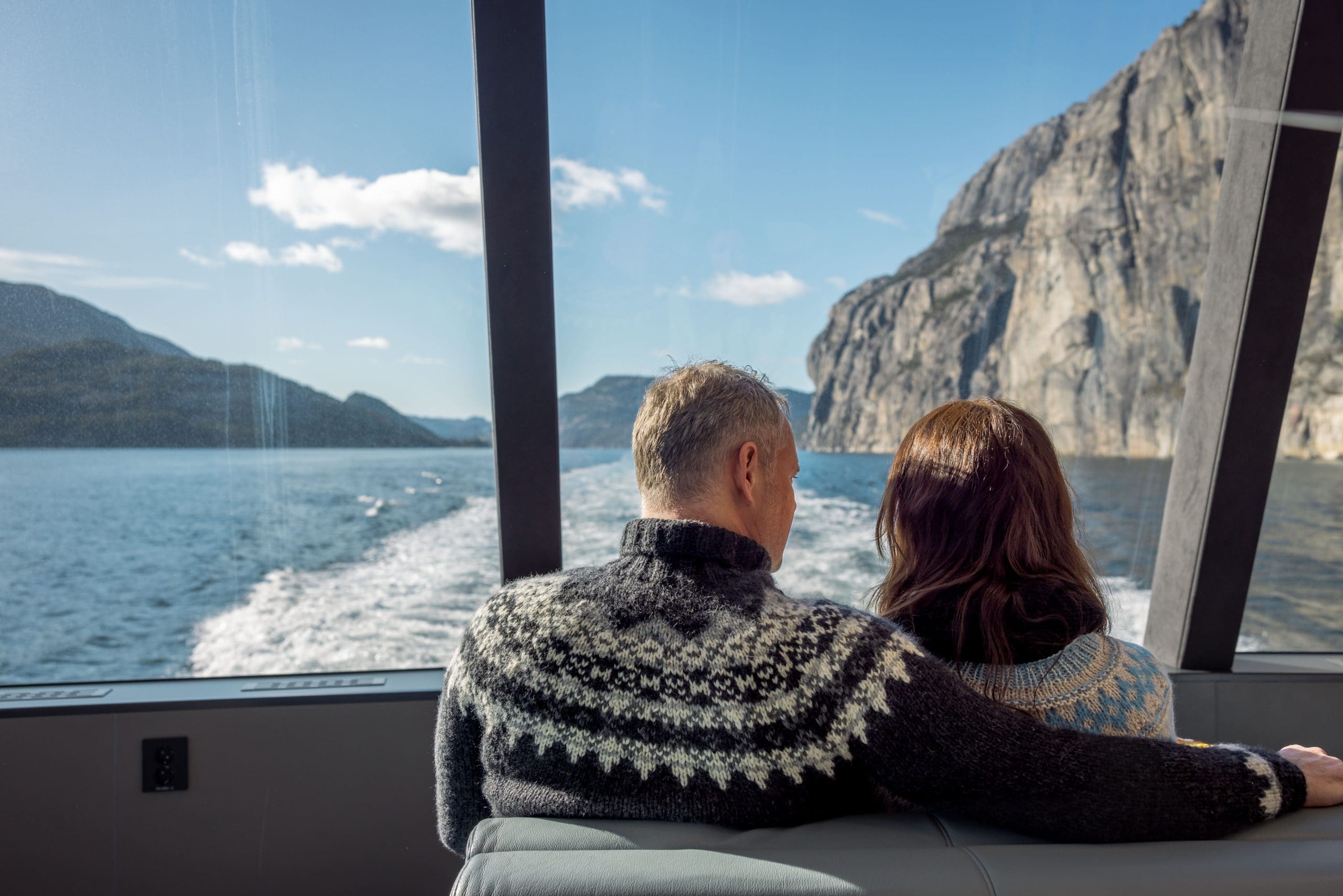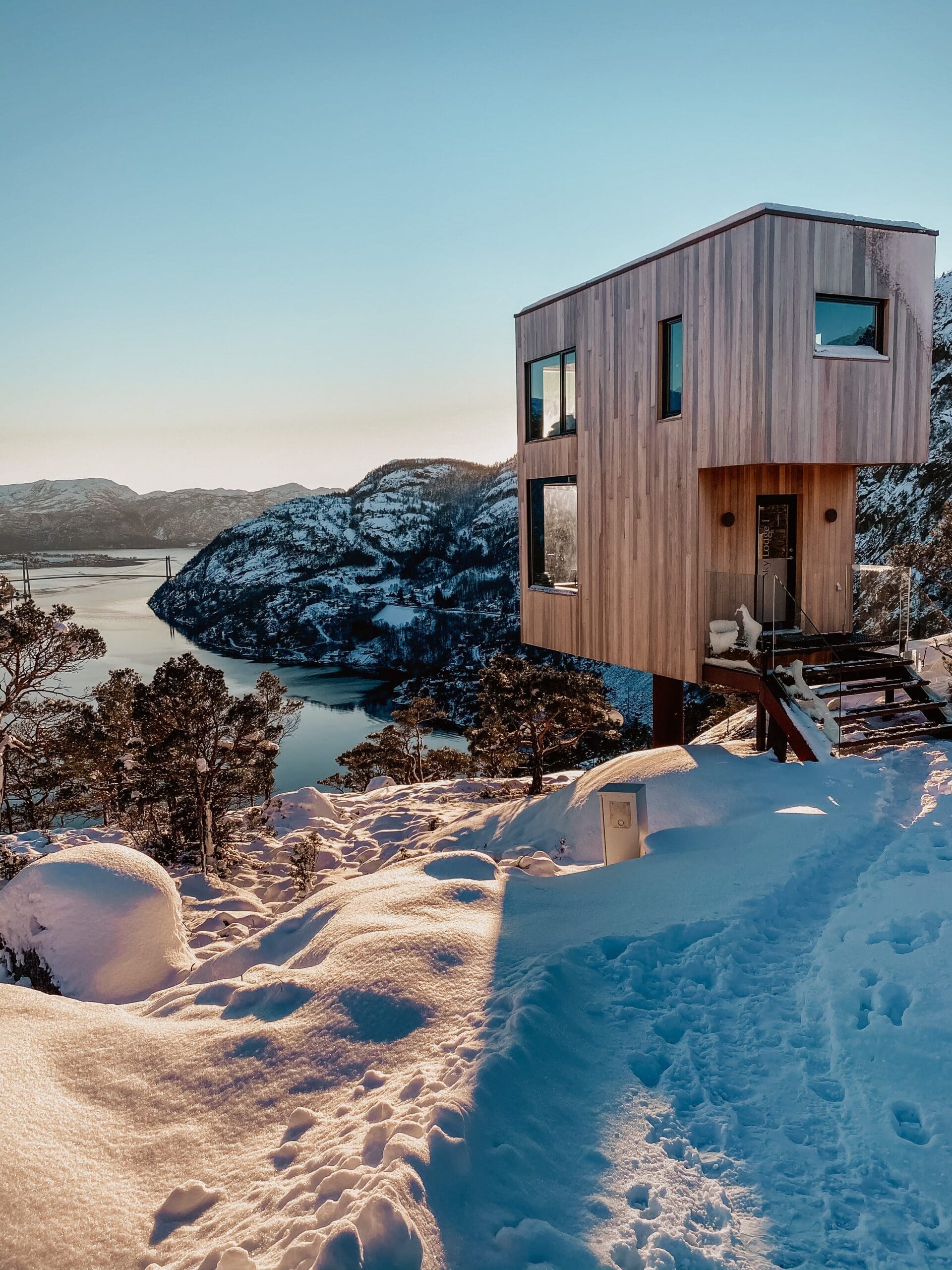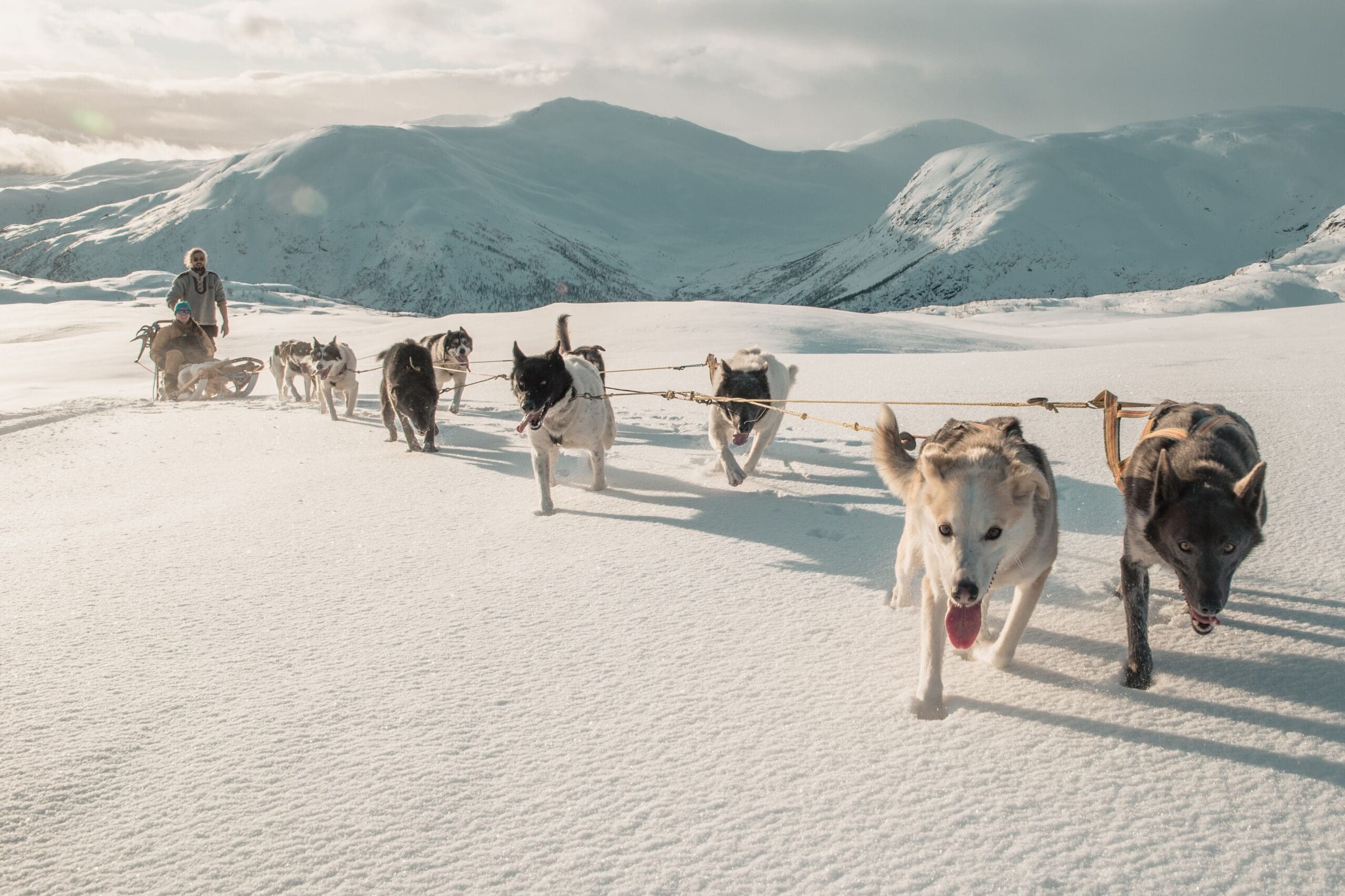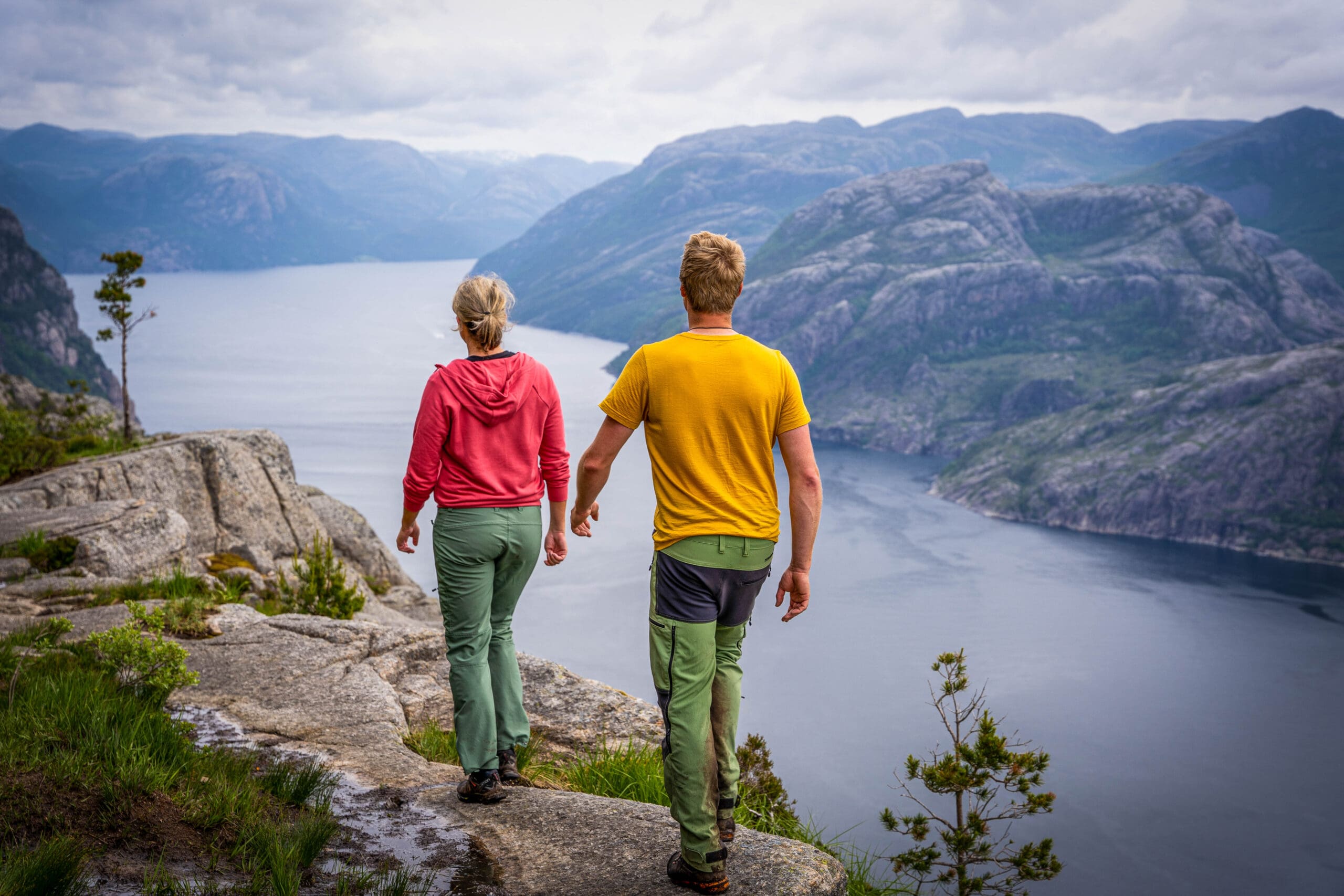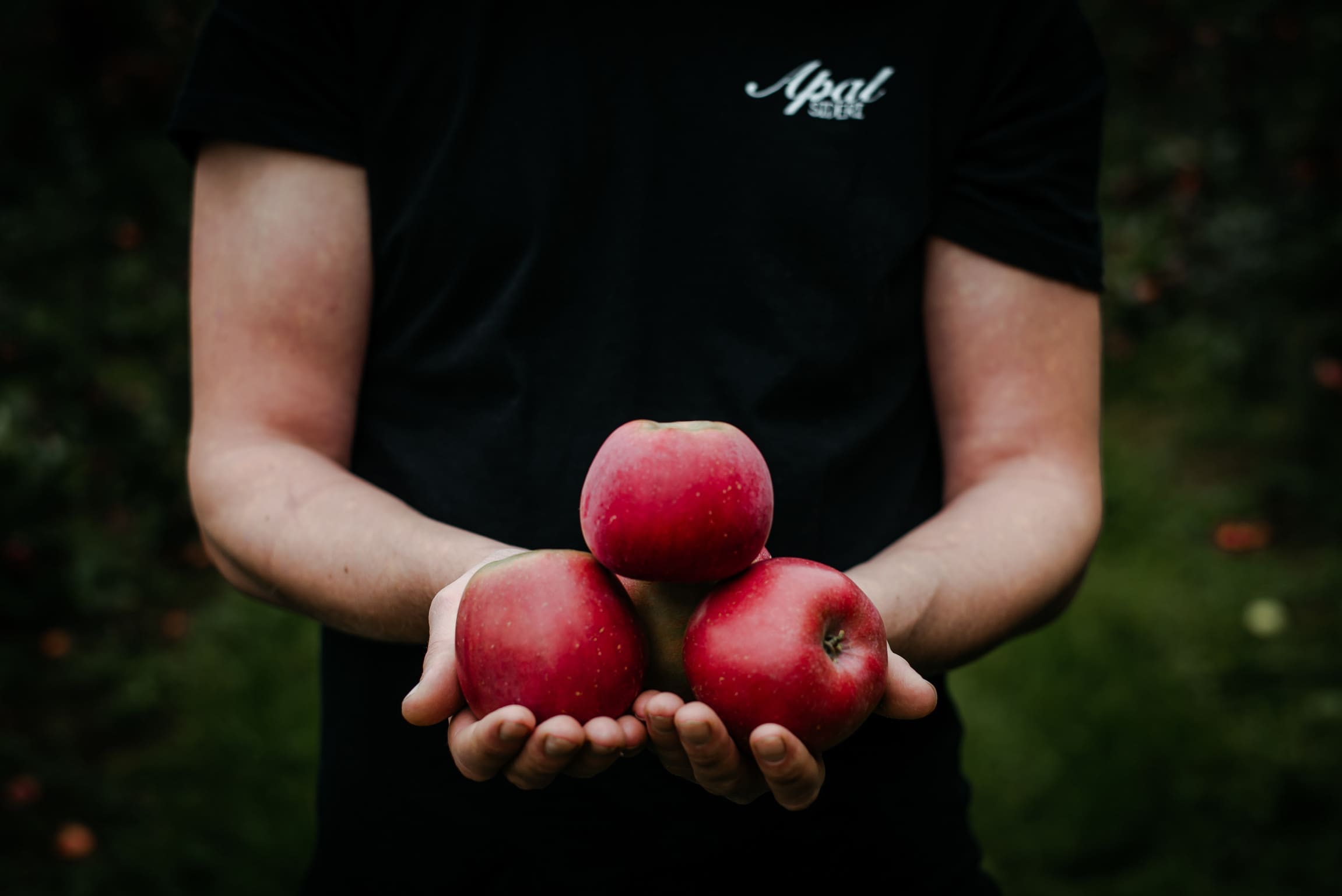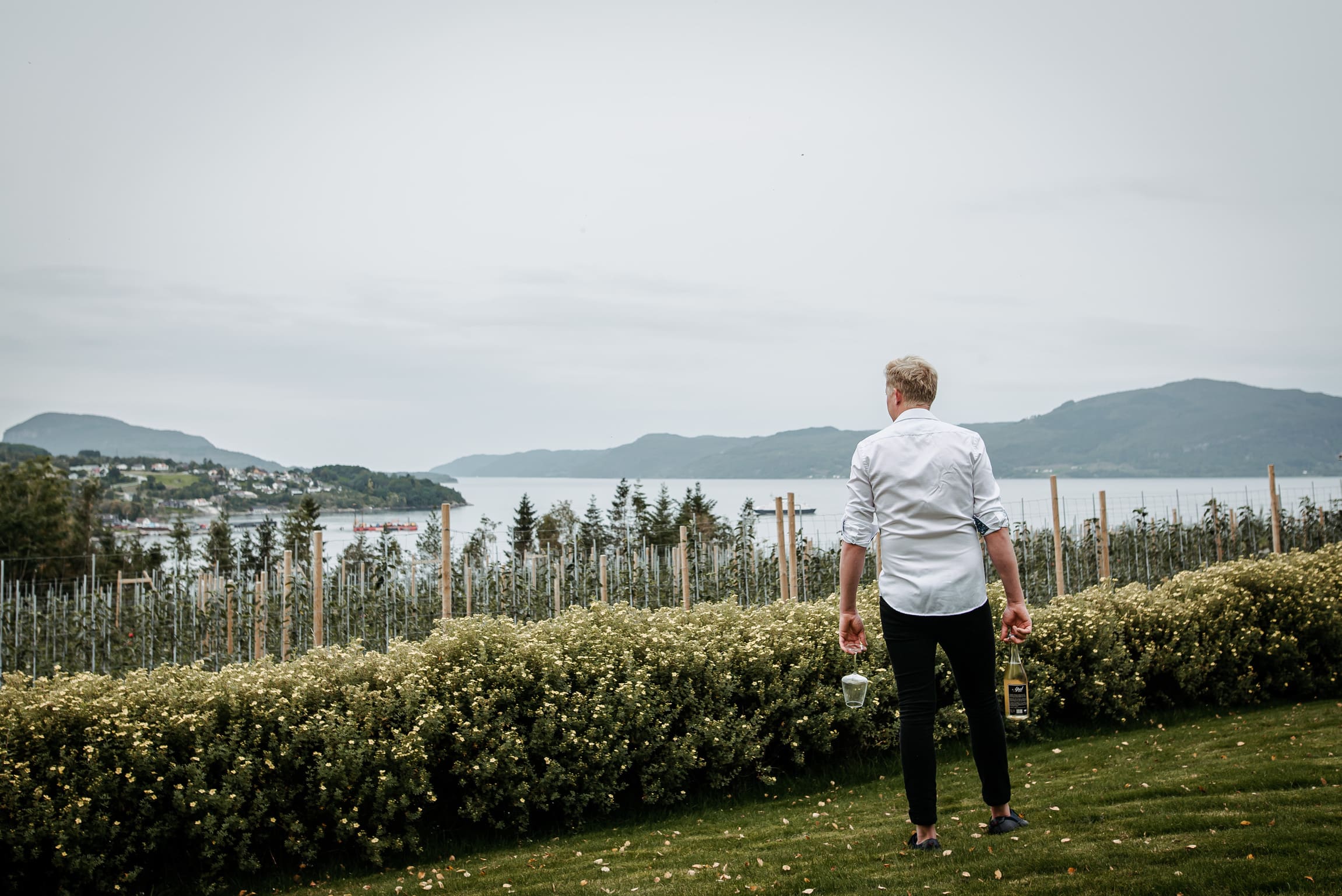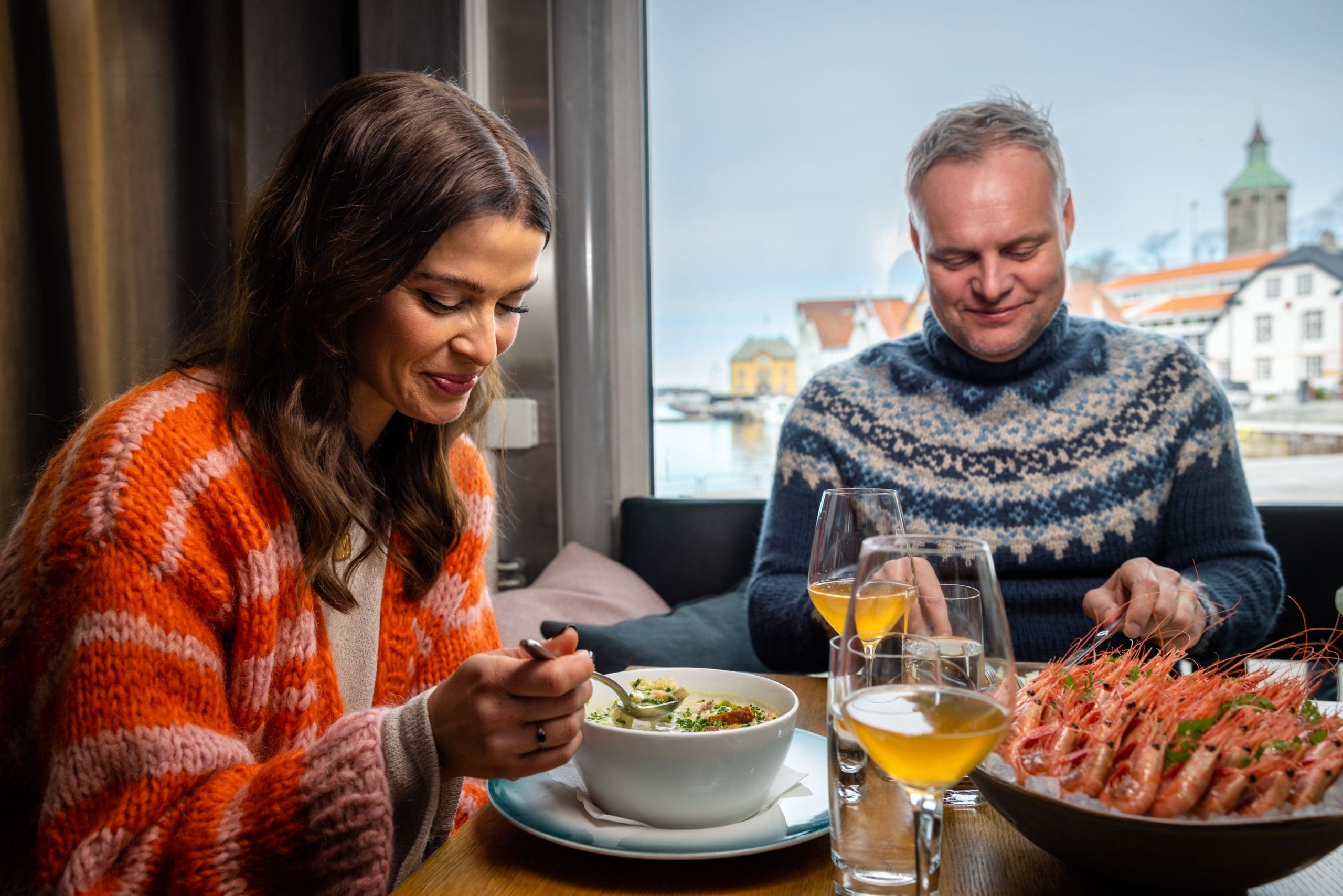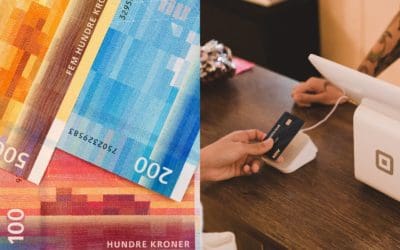Sustainable travel in Norway
Norway is known for its stunning natural beauty and a societal structure that promotes equality.
Responsible travel practices are essential to preserve its pristine landscapes and unique culture. The Norwegian sustainability scheme focuses on reducing the negative environmental, social, and cultural impacts of tourism while maximizing the benefits for local communities and the natural environment. This also involves maintaining a high level of tourist satisfaction and ensuring a meaningful experience for the traveler.
There are five reflections that most travelers do: Allow us to share these reflections, from the perspective of sustainability, in Norway.
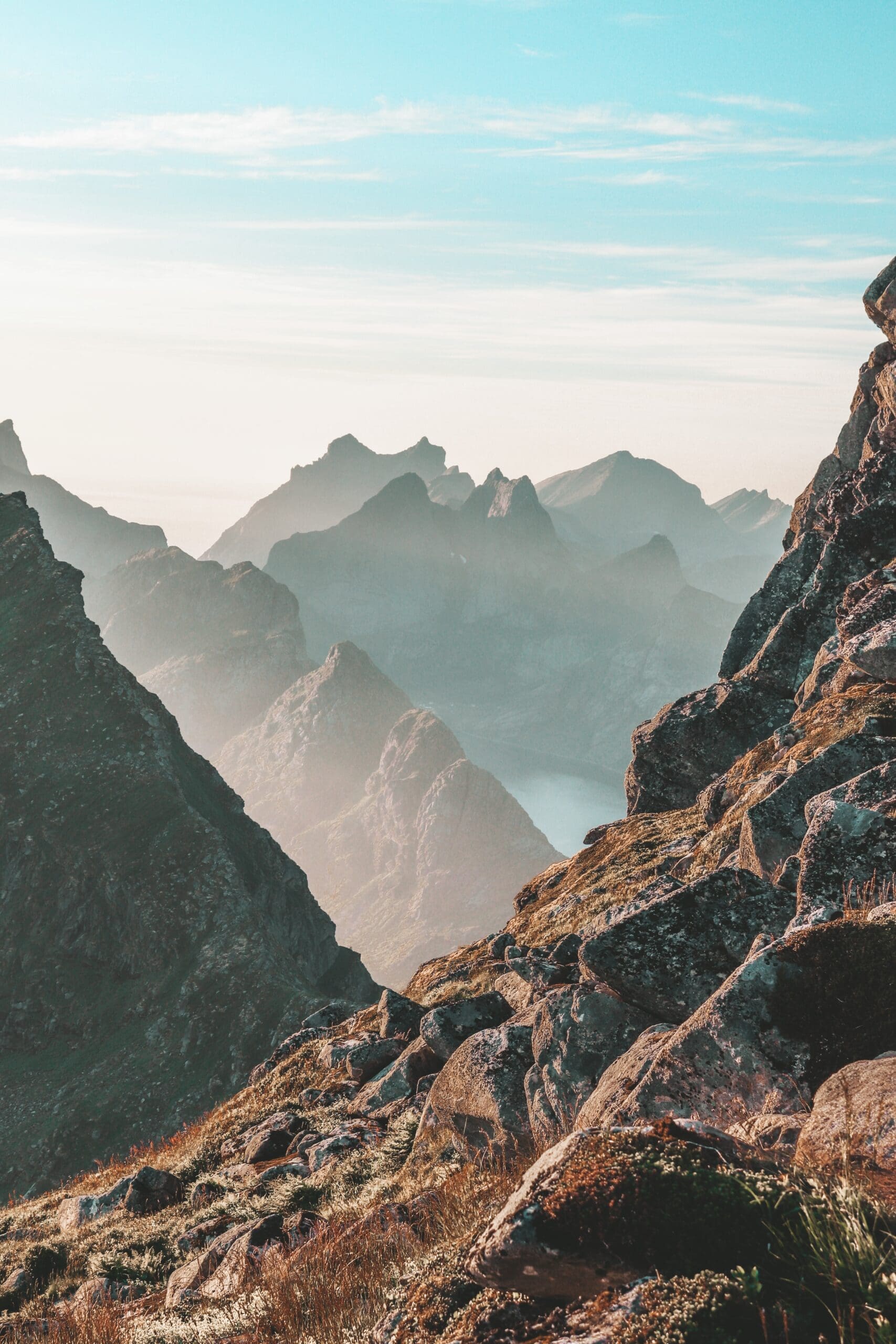
When to travel?
A good place to live is a good place to visit. During high season, over-tourism can sometimes dilute the local culture and charm and diminish the overall experience. If you choose to travel during the summer, visit less-known places. However, we recommend traveling during the low season, in October – April. It offers a more authentic and less touristy atmosphere at the iconic destinations and stimulates the local economy. Providers can offer full-year jobs as opposed to seasonal work, which translates into overall higher quality of the provided services.
Norway has four natural seasons; spring, summer, fall and winter. Each offers unique qualities. Fall comes with a firework of red, orange and yellow colors. Winter covers parts of the land with snow and ice, creating a magical atmosphere. It is the best time to cuddle up in front of a warm fireplace. Let us not forget the northern lights… Spring is a vibrant explosion of life with radiant green and brave flowers bursting through the snow.

